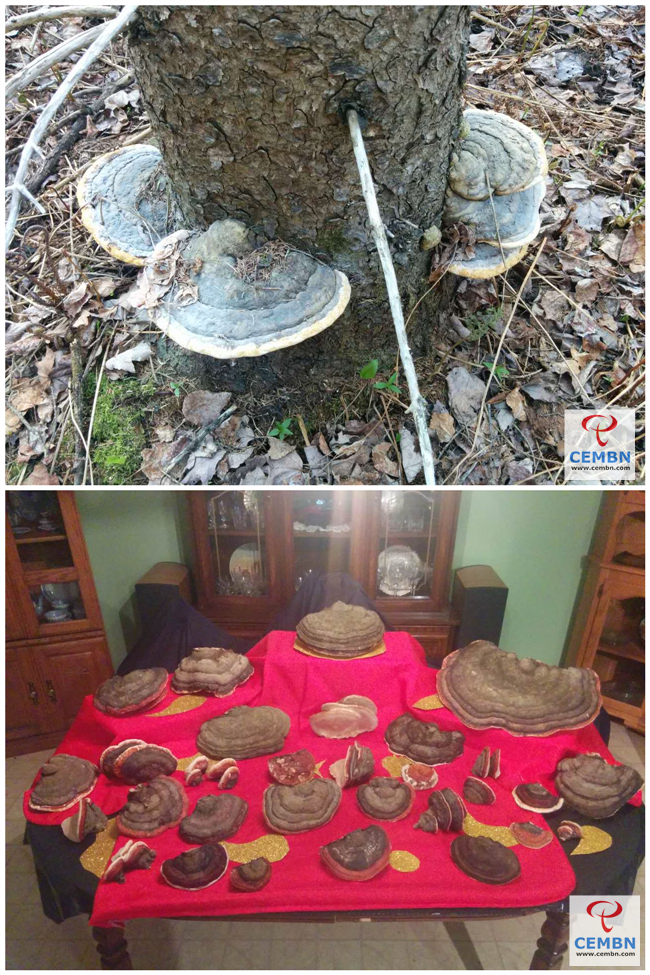
You are here: Home » Mushroom products » Dried
Brand :Canada LI-MO PANDA
Origin : Canada
Brief Introduction : Fomitopsis pinicola is one of the most conspicuous and widely distributed polypores in coniferous forest regions of the northern hemisphere. It is a major factor in the production of brown rot residues that are a stable soil component in coniferous forest
